Digital Classroom
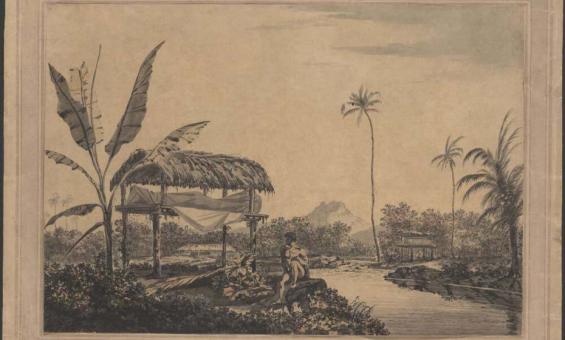
William Hodges, Otaheite, 1773, nla.gov.au/nla.obj-135152176
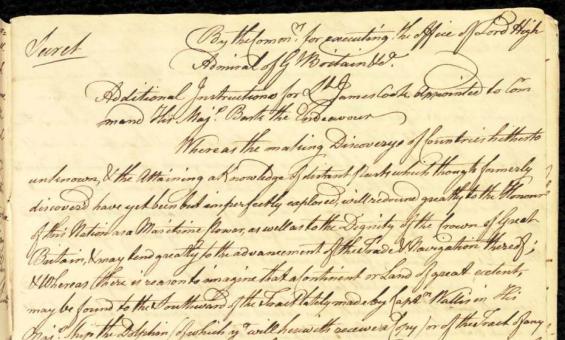
James Cook and Great Britain Admiralty, Cook's voyage 1768-71, 1768, nla.gov.au/nla.obj-229102048
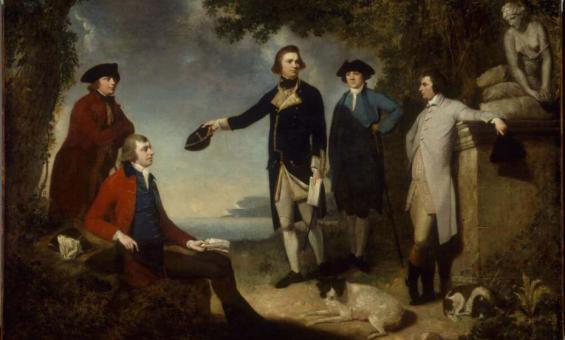
John Hamilton Mortimer, [Captain James Cook, Sir Joseph Banks, Lord Sandwich, Dr Daniel Solander and Dr John Hawkesworth], 1771, nla.gov.au/nla.obj-135646842

The botanic Macaroni, 1772, nla.gov.au/nla.obj-135987238
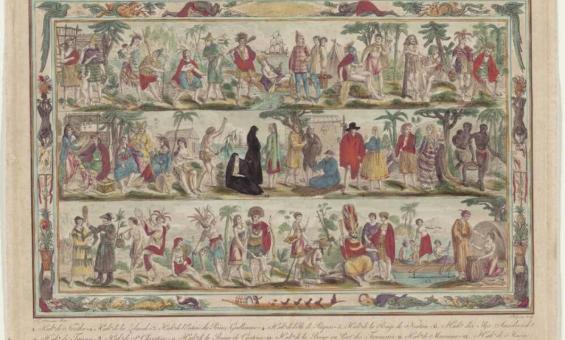
Antoine Phelippeaux and Jacques Grasset de Saint-Sauveur, Tableau des decouvertes du Capne. Cook & de la Perouse, 1798, nla.gov.au/nla.obj-135227083
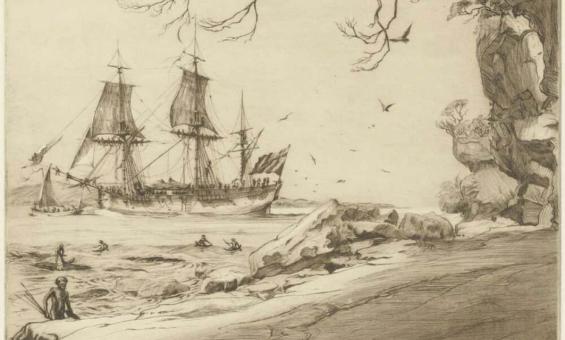
Geoffrey Chapman Ingleton, H.M. Bark Endeavour, 1937, nla.gov.au/nla.obj-135348965
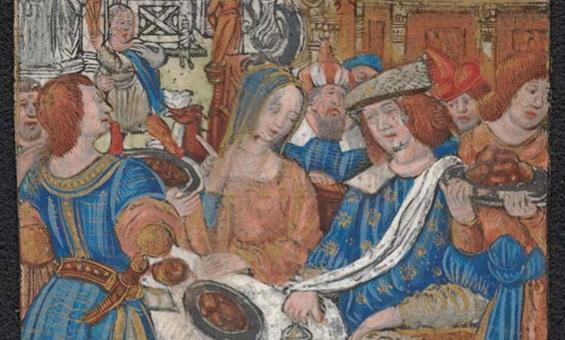
PIC MSR 14/8/2 #PIC/14340/1-51-Early Flemish, German, Italian, Spanish, French woodcuts, nla.gov.au/nla.obj-2902124119
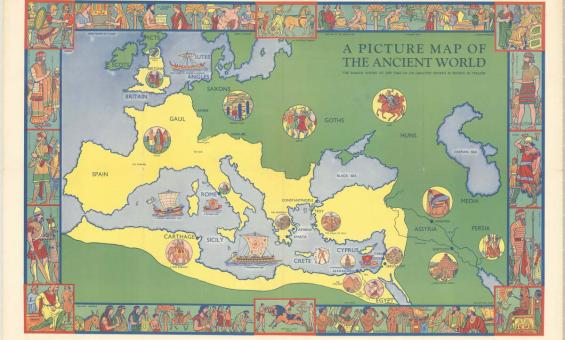
Ellis Luciano Silas and Evans Brothers Ltd, A picture map of the ancient world / specially painted by Ellis Silas, 1939, nla.gov.au/nla.obj-2378561352
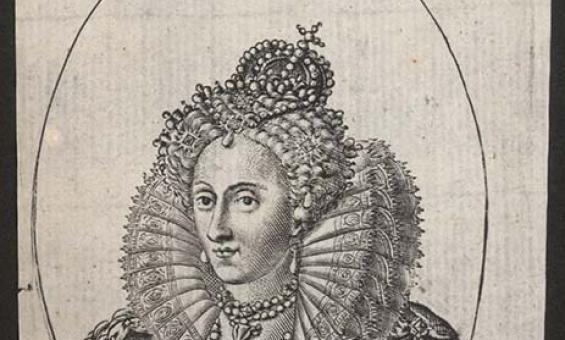
Elizabetha D.G. Regina Ang. Fran. et Hib., 1600, nla.gov.au/nla.obj-136050723
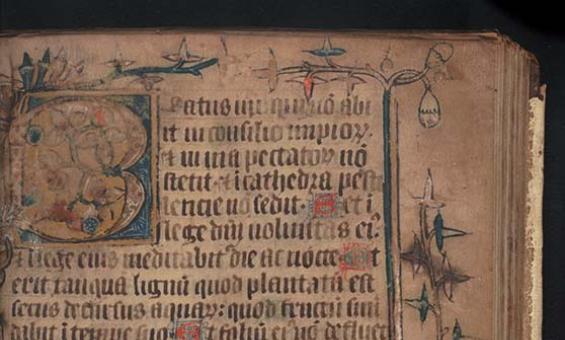
Illuminated Psalter, 1330-1350 [manuscript], Detail from (1330), nla.gov.au/nla.obj-182166477
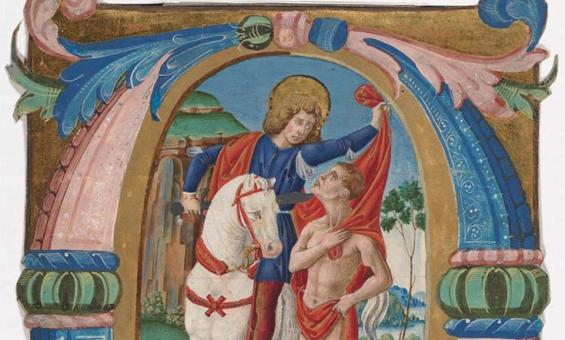
Early Flemish, German, Italian, Spanish, French woodcuts. /Item PIC/14340/41, ([14--?]), nla.gov.au/nla.obj-2902124787
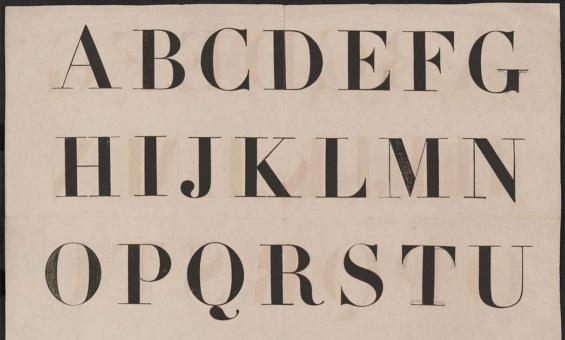
PIC MSR 14/8/2 #PIC/14340/1-51-Early Flemish, German, Italian, Spanish, French woodcuts. /Item PIC/14340/40., nla.gov.au/nla.obj-2902124765